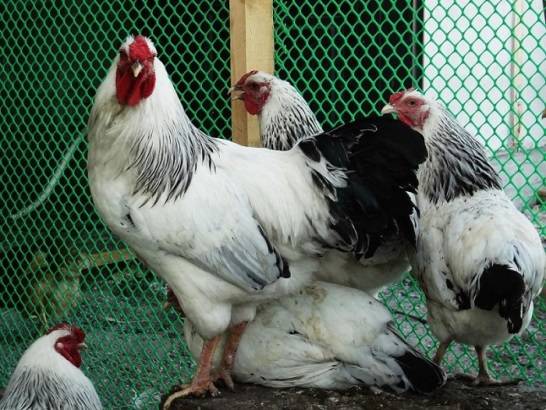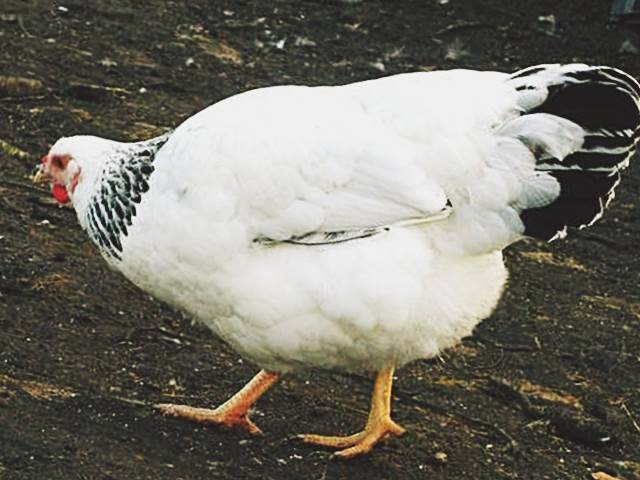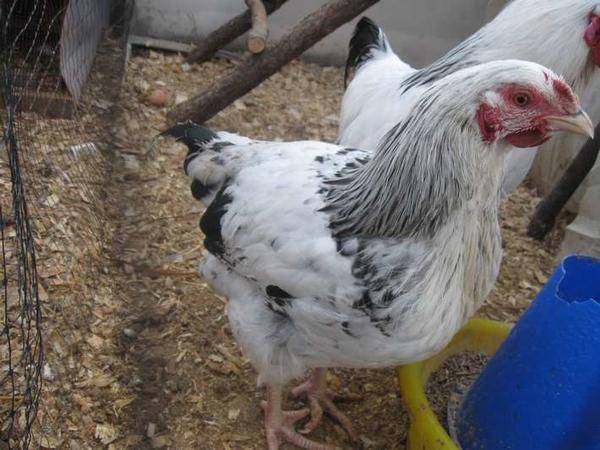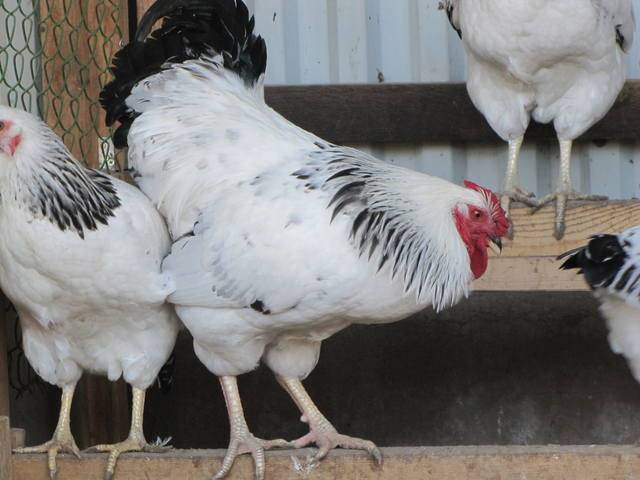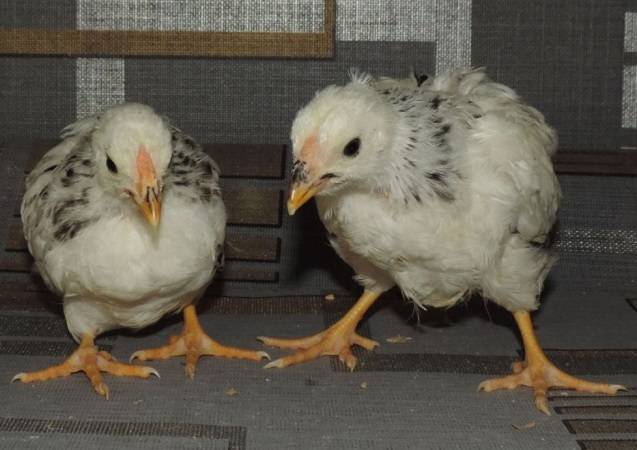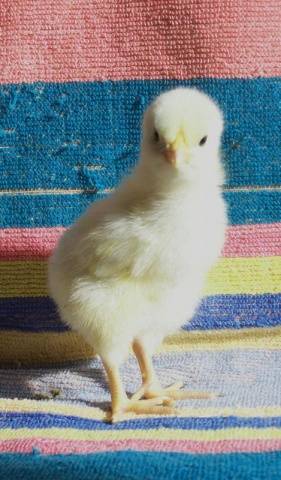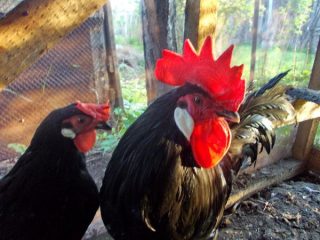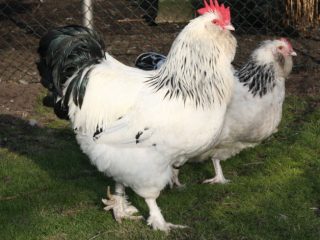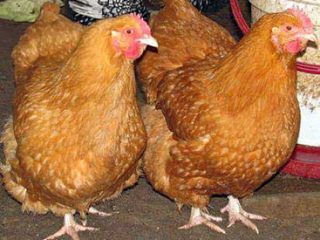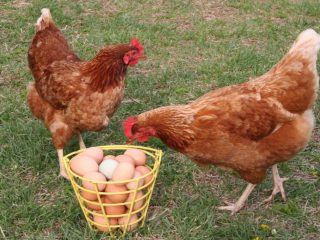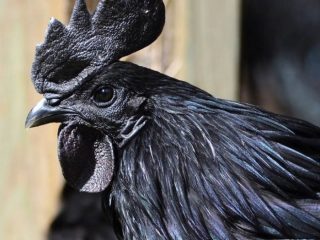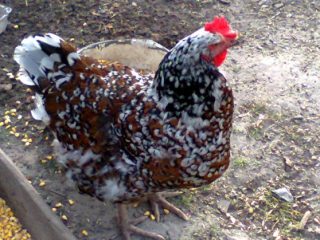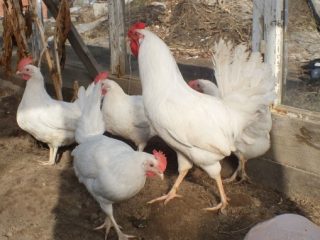Content
According to reviews of modern owners, Pervomaiskaya chicken breed - one of the most successful among those that were launched during Soviet times. The breeding of May Day chickens began in 1935. The breeders were tasked with developing a large breed with high egg production, high-quality meat, and a breed that can easily withstand the Russian climate. Previously, these three qualities were usually present in three different breeds, but had to be combined in one. But the livestock specialists coped with the task.
Moreover, they managed it in such a way that today someone may have the misconception that in genetics 1+1+1=3. In fact, a colossal amount of work was carried out on the selection, breeding and further selection of offspring according to the necessary characteristics.
Three breeds were used to breed Pervomaiskaya:
- The Wyandots produced quality meat;
- Rhode Island - high egg production in winter;
- Yurlovsky vociferous ones added frost resistance.
The Pervomayskaya breed of chickens was registered in 1941. They bred chickens on the state farm named after. The first of May in the Kharkov region. Almost immediately after registration, war swept through this area. After the war, only fifty birds remained from the breed.But the productive characteristics of the Pervomayskaya chickens were too good to simply abandon the restoration of the population. From the remaining 54 individuals, the ten best laying hens and roosters were selected and the work began again. By 1962, the breed was not in danger. The total number of chickens of this breed has reached 56 thousand. Today, May Day chickens are bred on farmsteads in Belarus, Russia and Ukraine.
Description
The description of the Pervomayskaya breed of chickens depicts a meat-and-egg bird of quite large size. The weight of roosters exceeds 3 kg and averages 3.2-3.7 kg. Chickens weigh 2-2.5 kg.
The dense, massive body is set on relatively short legs. This is very clearly visible if you look at the photo of the laying hens of the Pervomaisk breed of chickens.
The head is small, wide, with a small rose-shaped crest. Rose-shaped combs are preferable for breeds living in regions where severe frosts occur. These combs have a lower risk of frostbite. The face, earlobes and earrings are red. The earrings are quite long, oval in shape. The beak is black and yellow. A yellow edging runs along the edges of the beak.
As you can see in the photo, the neck of the Pervomayskaya breed of chickens is short. The back is wide and level. Shoulders with well-developed muscles. The wings are pressed tightly to the body. The tail is bushy. The chicken's tail is almost horizontal. The rooster's tail should be vertical. Both sexes have short tails. The rooster's braids are poorly developed.
The chest is wide and well muscled. The abdomen is well developed. The legs are short with powerful thighs. Metatarsus unfeathered, yellow.
The plumage is dense and fits well to the body. Color of May Day Colombian chickens:
- head white;
- lanceolate feathers on the mane are black with a white shaft;
- the body is pure white;
- the wings are white on the outside and have black feathers on the inside;
- the lanceolate feathers on the rooster's lower back are white;
- The tail feathers are black; in chickens they may be edged with white.
The shade of dark feathers can vary from jet black to dark gray.
Disqualifying faults
The Pervomayskaya breed of chickens should not have long feet. The color of the metatarsals cannot be white and pink. Faults include white lobes and a leaf-shaped comb. Dark feathers on the body are also unacceptable.
In the photo of this rooster of the Pervomayskaya breed of chickens, there are two shortcomings, due to which reviews of the breed are unlikely to be flattering: dark feathers on the body and white and pink metatarsals. With a high degree of probability, the rooster has an admixture of other blood, which means that the offspring from it will not be purebred.
Character
The matured Pervomaiskys are distinguished by a very calm disposition. They are not afraid of people and do not fight with other chickens. But farmers note that up to 5 months, these chickens of the Pervomaisk breed are somewhat wild.
Productivity
For the meat and egg breed, Pervomaiskie laying hens are distinguished by high egg production. Their first egg laying begins at 6-7 months. Over the course of a year, laying hens of this breed can produce from 150 to 190 eggs with an average weight of 65 g. Pullets lay eggs weighing 55 g. In winter, egg production does not stop, but decreases by 20-30%. The shell color can vary from light brown to dark brown.
The meat characteristics of the breed are also not bad. Three-month-old males weigh more than 2 kg. According to reviews, the meat of Pervomaisky chickens is juicy and tender in taste.
Content
Pervomayskie are quite picky in their content. Their best qualities are manifested only with a properly formulated diet and well-organized living conditions.The Pervomaiskaya breed is not at all like the “standard” village laying hens that “eats what it finds.”
The description states that the breed is frost-resistant, and many owners calmly keep these chickens in unheated chicken coops. And the birds begin to get sick. After this, reviews appear that the description of the Pervomayskaya breed of chickens is incorrect and there are no photos confirming that these birds can feel good in cold weather. There really is no photo, but for good health in winter, Pervomaiskie must definitely receive vitamin supplements.
In the spring, chickens must be given baths with sand or ash so that birds walking outside can dry and clean their feathers.
Breeding
For the first flock, it is better to buy a hatching egg from poultry farms that breed purebred birds. After receiving the chicks, they need to be sorted based on deformities. The advantage of the breed is its good response to breeding work, but it is also its disadvantage.
When any animal with desirable traits is born into a population, approximately the same percentage of animals with unwanted traits are born. Therefore, if improvement of the breed is needed, the selection of chickens must be done very strictly and more than once.
How to select
The first culling is done immediately after hatching. They reject on the basis of ugliness and health. But usually such chickens die on their own within 1-2 days. The second time, chicks are selected at 2-3 months, removing from potential breeders those with combs that are not pink, too large, or any color other than red. Birds with white metatarsals are also rejected. The last time the flock is “cleaned” is after the juvenile molt, when the exact color of the chicken becomes clear.
With closely related breeding, the manifestation of deformities and defects is most likely.
From the remaining individuals, a group of 8-10 hens per rooster is selected for breeding. A smaller number of females is very undesirable, as roosters are very active and can kill females. For small private farms, there are three ways to obtain high-quality poultry.
First option
Purchasing hatching eggs from different factories for the subsequent creation of two unrelated families. Each family must have a main and a backup rooster. These hens produce first generation chicks. The first generations of roosters from the original flock are slaughtered and the pullets are kept in their family.
Next year, the second generation of home-grown Pervomaisky will be obtained from the abandoned pullets and further “family” connections will become undesirable. Therefore, a young rooster is chosen from a parallel family to replace the old one, and the pullets in the families are mixed in the proportion of 50 “us”/50 “strangers”. The next year the cycle is repeated. This method allows you to breed chickens without bleeding for 7-10 years. Then birds from outside are required.
Second option
If there are large areas, if a sufficient number of eggs have been purchased and, preferably, from different factories, 5 groups can be formed. From four groups of grown-up chickens, 2 lines are formed, placing a rooster from the second group with the hens of the first group. The fifth is multiplied within itself and kept as a reserve. In the group from which roosters are selected, only the largest bird is allowed to breed. In the “chicken” group, the best laying hens are used for breeding.
Third option
Suitable for those who do not have the opportunity to purchase and incubate eggs from purebred chickens, but have access to purebred unrelated roosters.
In this case, the “blood purification” method is used using purebred roosters. Outbred hens are crossed with the first rooster. The offspring are allowed to breed with the second. The third generation is crossed with the third. To avoid confusion, previous groups of chickens can be sent to slaughter before winter. A strict selection is carried out among the young animals based on their appearance and productivity. The result is chickens that are practically indistinguishable from real purebred ones. Although sometimes “outbred” genes can “shoot”.
In this case, one should not be surprised at the appearance of qualities that are not characteristic of Pervomaisky chickens.
Reviews
Conclusion
Owners' reviews are often opposite to the description and photo of the Pervomaisk breed of chickens. But with photos, the problem is often that the bird was not a purebred bird. And to the description, most of the claims are about immunity and frost resistance. But just these qualities in animals largely depend on the conditions of detention and diet. With vitamin deficiencies, birds are guaranteed to get sick and the breed is not to blame for this.
At the same time, there are also rave reviews when chicken breeders claim that, apart from Pervomaisky, they do not need other chickens. Therefore, we can conclude that the breed reveals itself with proper maintenance.
